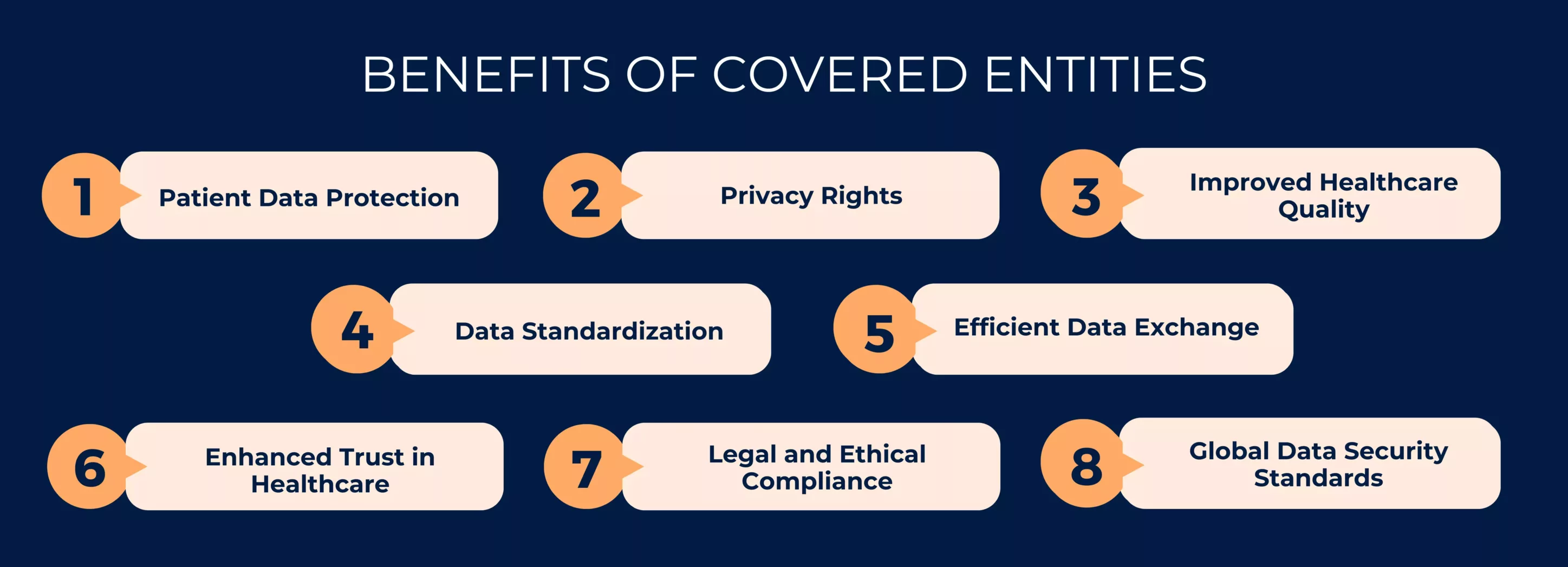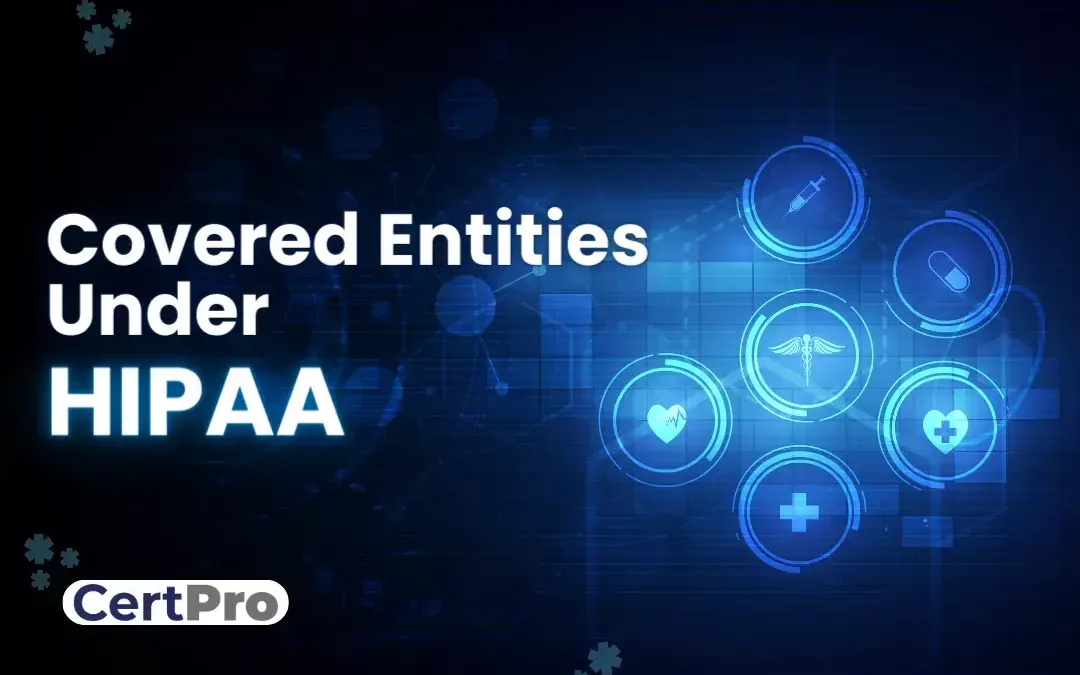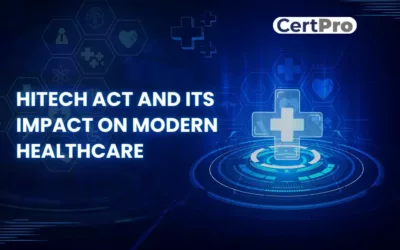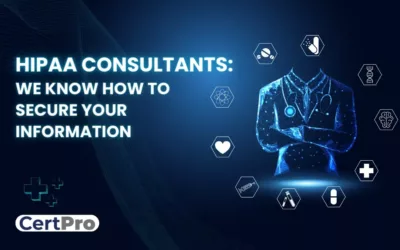In the realm of healthcare, privacy and security are paramount. Ensuring the confidentiality of sensitive medical information is not just a best practice; it’s the law. Enter the Health Insurance Portability and Accountability Act (HIPAA), a groundbreaking piece of legislation enacted in 1996. At its core, HIPAA seeks to protect individuals’ health information while promoting the seamless flow of data necessary for patient care and efficient healthcare operations. Central to the success covered entities under HIPAA, the cornerstone of the law’s implementation.
HIPAA defines covered entities as individuals and organizations that actively care for, store, and transmit protected health information (PHI). This article aims to unravel the mysteries surrounding covered entities, shedding light on their roles, responsibilities, and significance within the framework of HIPAA.
Understanding who qualifies as a covered entity under HIPAA is essential for comprehending the law’s impact on healthcare providers, insurers, clearinghouses, and the broader healthcare ecosystem. Join us on this journey as we delve deeper into the world of covered entities, revealing the crucial role they play in safeguarding health data and upholding the principles of patient privacy in the digital age.
WHAT IS A HIPAA COVERED ENTITY?
HIPAA, or the Health Insurance Portability and Accountability Act, established a robust framework in 1996 to safeguard the privacy and security of individuals’ health information in the United States. At the core of HIPAA’s regulatory structure are the entities referred to as “covered entities.” These covered entities are diverse and encompass a wide spectrum of healthcare stakeholders.
The first category of covered entities under HIPAA comprises healthcare providers. This includes hospitals, clinics, physicians, dentists, therapists, nursing homes, and various other healthcare professionals and institutions actively engaged in patient care. Essentially, any entity that deals with protected health information (PHI) as part of its healthcare services falls under this classification.
The second category comprises health plans, which encompass a broad range of entities. These include health insurance companies, health maintenance organizations (HMOs), employer-sponsored health plans, government programs like Medicare and Medicaid, and more. These health plans manage extensive volumes of PHI related to policyholders, beneficiaries, and claim processing, making them vital players in the healthcare ecosystem.
The third category involves healthcare clearinghouses. These clearinghouses serve as intermediaries in the healthcare data exchange process, ensuring that health information is transmitted efficiently and in standardized formats. They play a pivotal role in converting non-standard data into HIPAA-compliant formats, thus enhancing interoperability among various healthcare entities.
The responsibilities of HIPAA-covered entity are substantial. Covered entities must also provide their staff with appropriate HIPAA training and education, ensuring awareness of the rules, policies, and procedures necessary for compliance.
In conclusion, Covered entities under HIPAA are the linchpin of healthcare data protection in the United States. Their diverse roles encompass healthcare provision, insurance coverage, and data transmission, collectively ensuring the privacy, security, and integrity of individuals’ health information.
TYPES OF COVERED ENTITIES UNDER HIPAA
The covered entities under the Health Insurance Portability and Accountability Act (HIPAA) encompass a diverse range of organizations and individuals involved in healthcare. These entities are entrusted with protected health information (PHI) and play critical roles in safeguarding patient data and ensuring compliance with HIPAA regulations. There are three types of covered entities under HIPAA:
1. Healthcare Providers: This category includes a wide array of healthcare professionals and institutions that provide medical services. Healthcare providers under HIPAA can be:
- Hospitals: These are the cornerstones of the healthcare system, offering a broad range of medical services, including emergency care, surgery, and specialty care.
- Physicians and Clinics: Individual doctors, medical practices, and clinics, including primary care providers, specialists, and outpatient facilities.
- Dentists: are oral healthcare professionals who handle PHI related to dental treatments and procedures.
2. Health Plans: Health plans encompass entities that offer health insurance coverage or administer health benefit programs. These include:
- Health Insurance Companies: Private insurance providers that offer coverage for medical expenses, prescription drugs, and other healthcare services.
- Health Maintenance Organizations (HMOs): Managed care organizations that provide comprehensive healthcare services to members within a network of healthcare providers.
- Employer-Sponsored Health Plans: Employers provide health coverage to their employees, including group health insurance policies.
3. Healthcare Clearinghouses: Healthcare clearinghouses are intermediary entities that process and facilitate the exchange of health information between different parties, ensuring that data is in standardized formats. They include:
- Billing Companies: Organizations that handle medical billing, claims processing, and reimbursement for healthcare services.
- Data Intermediaries: are entities that translate non-standard data formats into standardized formats, promoting interoperability and efficient data exchange.
- Electronic Data Interchange (EDI) Providers: Entities that offer services for electronic data interchange, enabling the secure transmission of healthcare information.
BENEFITS OF COVERED ENTITIES
Covered entities under HIPAA play a crucial role in the healthcare ecosystem, and their existence yields numerous benefits for both patients and the broader healthcare industry.
1. Patient Data Protection: One of the primary benefits of covered entities is the protection of patients’ sensitive health information. These entities are legally obligated to implement stringent privacy and security measures to safeguard protected health information (PHI).
2. Privacy Rights: Covered entities are required to adhere to the HIPAA Privacy Rule, which grants patients certain rights over their health information. Patients can access their medical records and request corrections.
3. Improved Healthcare Quality: Covered entities’ compliance with HIPAA regulations promotes better healthcare quality. By ensuring that PHI is accurate and protected, healthcare providers can make well-informed decisions, leading to improved patient care and outcomes.
4. Data Standardization: Healthcare clearinghouses, which fall under the category of covered entities, facilitate the standardization of health data formats.
5. Efficient Data Exchange: Covered entities, particularly healthcare clearinghouses, play a critical role in streamlining the exchange of health information.
6. Enhanced Trust in Healthcare: The presence of covered entities engenders trust among patients and stakeholders in the healthcare system. When individuals know that their health information is protected.
7. Legal and Ethical Compliance: Covered entities are obligated to comply with HIPAA’s stringent requirements. This not only ensures legal adherence but also fosters an ethical environment within the healthcare sector.
8. Global Data Security Standards: HIPAA’s privacy and security regulations have become a benchmark for data protection not only within the United States but also internationally.
In summary, covered entities under HIPAA are the guardians of patients’ health information, promoting data protection, privacy rights, and healthcare quality. Their role extends beyond individual patient care to facilitate efficient data exchange, reduce fraud, and bolster trust within the healthcare ecosystem.

ROLES AND RESPONSIBILITIES OF COVERED ENTITIES
HIPAA covered entity are defined and assigned critical roles and responsibilities in protecting individuals’ sensitive health information. These responsibilities are paramount to upholding the integrity of healthcare data and ensuring patient trust within the healthcare ecosystem.
1. Safeguarding PHI: Perhaps the most fundamental duty of covered entities is the protection of Protected Health Information (PHI). They are obligated to establish and maintain rigorous security measures to safeguard PHI against unauthorized access, disclosure, or breaches.
2. Privacy Compliance: Covered entities must adhere to the HIPAA Privacy Rule. This rule outlines stringent standards governing the use and disclosure of PHI. It grants patients specific rights, such as the right to access their medical records, control over the sharing of their health information.
3. Security Compliance: The HIPAA Security Rule sets forth specific requirements for securing Electronic Protected Health Information (ePHI). Covered entities are tasked with implementing technical, administrative, and physical safeguards to protect ePHI from cyber threats and breaches.
4. Training and Education: Ensuring that staff members receive comprehensive training and education on HIPAA regulations is essential. Covered entities must make certain that their workforce is aware of the rules, policies, and procedures necessary for HIPAA compliance.
5. Reporting and Response to Breaches: In the unfortunate event of a PHI breach, covered entities are obligated to take swift and appropriate action. This includes promptly reporting the breach to affected individuals, the Department of Health and Human Services (HHS).
6. Documentation and Record-Keeping: Covered entities are required to maintain detailed records of their compliance efforts. This documentation includes policies and procedures, risk assessments, training records, and breach notifications.
In conclusion, the roles and responsibilities of covered entities under HIPAA are multifaceted and demand unwavering dedication to patient privacy and data security.
FAQ
WHAT ARE COVERED ENTITIES UNDER HIPAA?
Under the Health Insurance Portability and Accountability Act, individuals or organizations involved in healthcare must handle protected health information (PHI). These entities are subject to HIPAA’s regulations and include healthcare providers, health plans, and healthcare clearinghouses.
WHAT ARE THE PRIMARY RESPONSIBILITES OF COVERED ENTITIES?
The primary responsibilities include safeguarding protected health information (PHI), adhering to the HIPAA Privacy and Security Rules, training staff on compliance, reporting PHI breaches, and maintaining documentation of compliance efforts.
WHAT HAPPENS IF COVERED ENTITIES FAIL TO COMPLY WITH HIPAA REGULATIONS?
If covered entities fail to comply with HIPAA regulations, they can face significant penalties, including fines ranging from thousands to millions of dollars, depending on the severity of the violation.
ARE BUSINESS ASSOCIATES CONSIDERED COVERED ENTITIES?
No, business associates are not considered covered entities. They are separate entities that provide services to covered entities and are subject to their own set of regulations.
HOW CAN INDIVIDUALS VERIFY IF AN ENTITY IS A COVERED ENTITY UNDER HIPAA?
Individuals can verify if an entity falls under HIPAA’s coverage by checking if the organization provides healthcare services, manages health insurance, or facilitates health information exchange.

About the Author
SUBBAIAH KU
Subbaiah Ku is the Regional Director for CertPro in Oman, bringing a wealth of expertise in process and system auditing. As a seasoned lead assessor, Subbaiah is dedicated to ensuring the highest standards in compliance and security. His unique blend of technical acumen, rooted in Mechanical Engineering, is complemented by a diverse range of certifications and extensive training.
HITECH ACT AND ITS IMPACT ON MODERN HEALTHCARE
In 2009, the Health Information Technology for Economic and Clinical Health or HITECH Act was signed to transform the American healthcare industry. The laws worked as a forward-thinking process of changing patient services. In this regard, the Patient Protection and...
BEST PRACTICES FOR DATA PROTECTION IN THE HEALTHCARE INDUSTRIES
In the healthcare sector, safeguarding sensitive information about patients is extremely important. Patient data includes personal details, medical histories, and treatment plans. Therefore, it must be protected and should be confidential. Thus, breaches not only...
HIPAA CONSULTANTS: WE KNOW HOW TO SECURE YOUR INFORMATION
Navigating HIPAA compliance can be complex; therefore, organizations seek advice from HIPAA consultants. These HIPAA experts have specific knowledge. They can help firms to understand the problematic standards of the Healthcare Privacy Act. In 1996, HIPAA was created....




